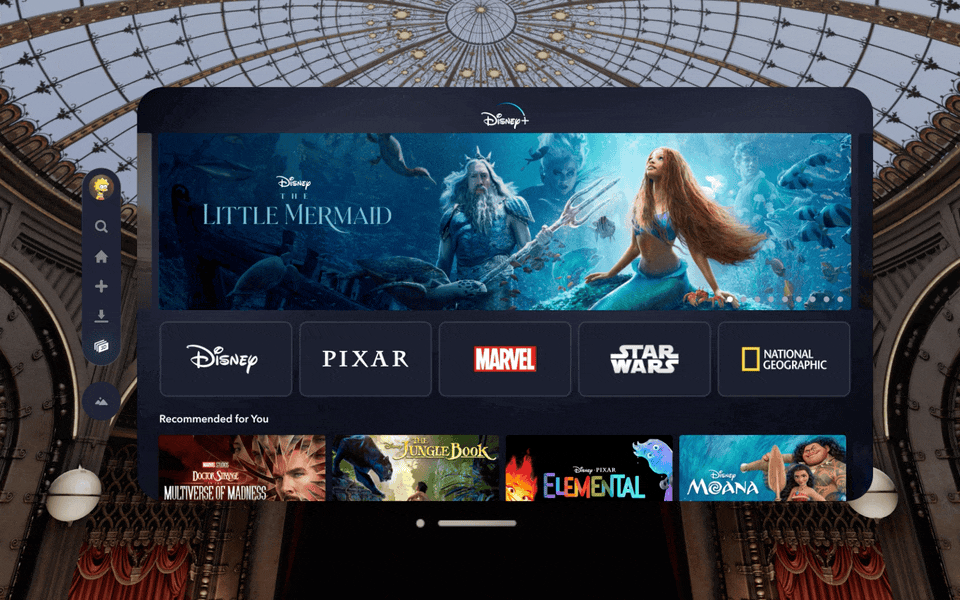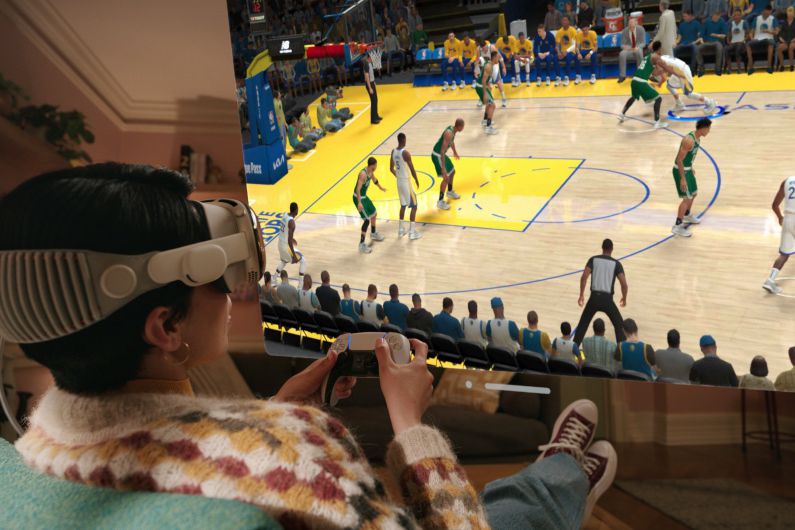Months after Apple announced the Vision Pro mixed reality headset, the device is nearly here. It launches on Feb. 2, and you can pre-order it now for $3,499.99. That’s the cost of 9 Final Fantasy 7 Rebirth collector’s editions, or nearly just as many PlayStation 5 consoles.
The elevator pitch for the Vision Pro is that it funnels experiences you might have elsewhere, like on your TV, phone, laptop, or tablet, into your own personal and private display, with your hands as the controllers. You can run mobile apps, join FaceTime calls with pals, watch movies, mirror your Mac’s screen, play some Apple Arcade titles, manipulate 3D objects, and more. It can do a lot of stuff, apparently, but its entertainment and gaming offerings at launch aren’t impressive.
Netflix and YouTube are skipping the Vision Pro (at least, for now) — painful exclusions considering Meta’s $250 Quest 2 has both, not to mention the ability to launch Xbox Cloud Gaming support right from the headset without the need for a console. Other movie and TV streaming apps are showing up, however, including Hulu, Max, Apple TV, and several others.
Slightly making up for that dearth, the Vision Pro will have exclusive Disney Plus content for subscribers to check out, including dozens of 3D movies, such as Avatar: The Way of Water, Encanto, Avengers: Endgame, and more. This special version of the app also boasts some Disney-themed environments that they can gaze at.

GIF: Disney, Apple
If that sounded dull, Apple’s pitch for gaming on the Vision Pro is even moreso. At launch, it has apps like Game Room, What the Golf?, and Super Fruit Ninja that will show off the headset’s spatial capabilities. I haven’t tested these out yet, but I’m choosing to interpret these as tech demos, which will probably get old rather quickly. According to Apple’s Vision Pro landing page, there are “over 100 of your favorite iPad games” available to play on the headset, but it doesn’t name any, aside from NBA 2K23 Arcade Edition and Sonic Dream Team. To play them, you can wirelessly connect the DualSense or Xbox controller. That’s … nice for casual gamers, but it’s not enough to justify this headset’s price.

Presumably, since one of the Vision Pro’s advertised features is its ability to mirror your Mac’s display virtually via its Sidecar feature, you should be able to also play Mac-compatible games, like The Witcher 3: Wild Hunt, No Man’s Sky, and Baldur’s Gate 3. But Apple hasn’t advertised that this capability is meant to be used from a gaming perspective. So, it’s unclear if the headset can keep up with high-performance titles, or with any non-Apple Arcade games whatsoever.
On top of that, it’s puzzling to me is that Apple isn’t positioning the Vision Pro as the supreme VR headset, even though that’s sort of what it is. Its specs are wildly impressive, with over 4K resolution per eye, fast refresh rates, and OLED screens. It easily outclasses the Valve Index in terms of specs and build quality, as you’d expect for a headset that costs so much more. Even if the Vision Pro allowed for wired or tether-free VR gaming out of the box (which I’m not sure that it does) it wouldn’t have the wealth of VR content already available on Windows via Steam, including the killer gaming app for much cheaper headsets, Half-Life: Alyx.
I’m not discounting the Vision Pro’s ability to feel like a magical, futuristic device in some use cases. Hands-on impressions, like one from The Verge, convinced me that it’s something I need to see to believe. But at launch, the value of the Vision Pro specifically when it comes to entertainment and gaming doesn’t pass my gut check.
